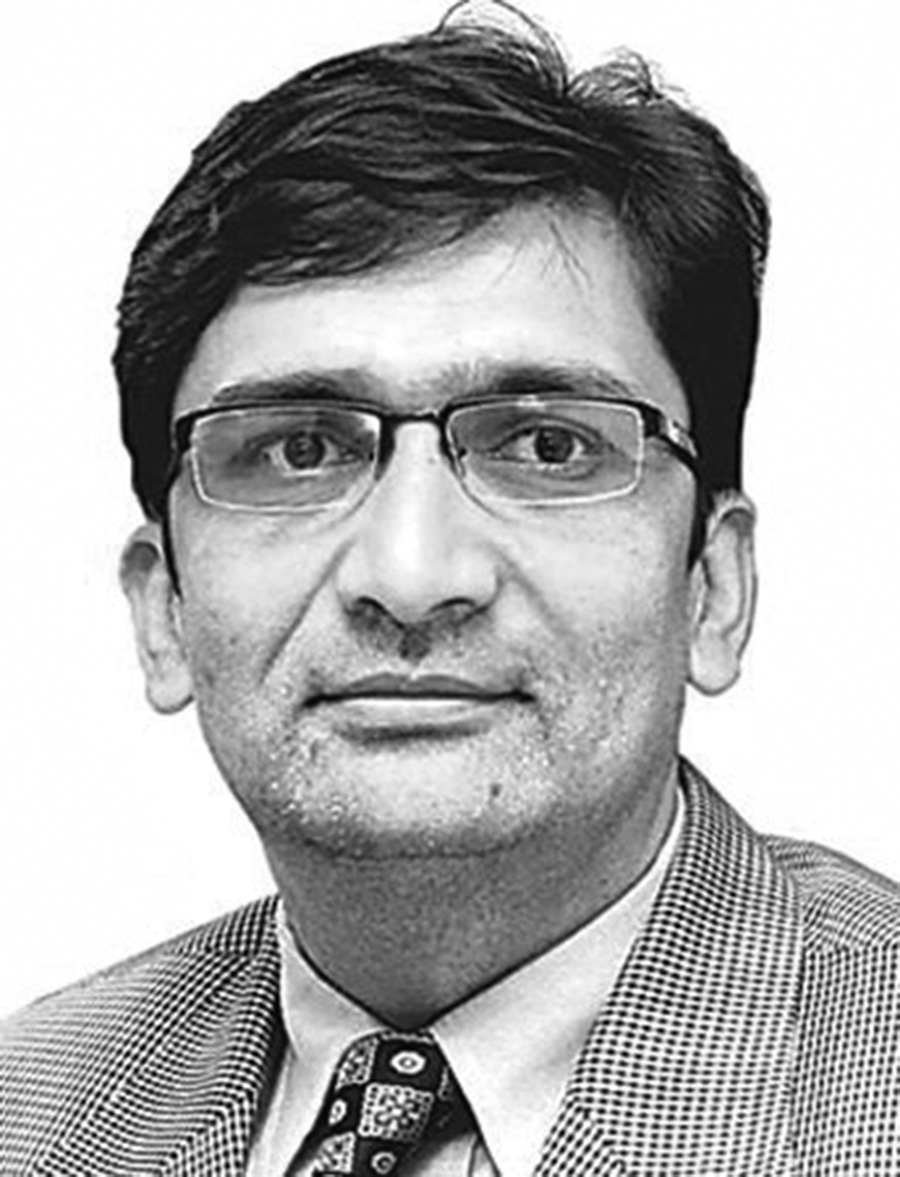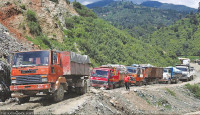Opinion
Kudos with caution
The provincial governments were not given much space at the investment summit
Achyut Wagle
The government of Nepal, quite deservedly, is buoyed by the successful completion of the Nepal Investment Summit organised in Kathmandu from March 29-30. However, real success in attracting investment will depend on the actual realisation of the amount committed during the gathering which is often prone to suffer from the so-called ‘John Henry effect’. And, such realisation takes a fairly longer time, generally proportionate to the size of the project. Nepal’s own past experience is not at all encouraging. Therefore, premature celebration is simply naive.
Regardless of the prospects of such an inflow, the communist government, right at the moment, was in desperate need of one such ‘achievement’ on the economic front that could be instrumental in deflecting increasing criticism due to its grisly handling of the economy. The fanfare and publicity generated by the summit naturally provided a great respite to this end in the face of ominously decelerating indicators in every major economic subsector, from the stock market to the balance of payments, which remain unabated since the present government led by Prime Minister KP Oli took charge a year ago.
Nevertheless, the participation of some 600 delegates representing about 40 countries in the summit is indeed an impressive initial get-set for the organisers, creating an important platform to pitch Nepal as a potentially attractive investment destination. The event certainly has created a much needed and right kind of buzz. But this buzz can only have a bubble effect if not accompanied by appropriate policy, institutional and operational preparedness so as to make it possible to translate the present (as well as future) commitments into real investments.
Crowding out
A flurry of ritualistic arguments are invariably focused on the need for a thorough review of what didn’t work in the past to help realise these commitments. Obviously, that is important. But, apart from several chronic bureaucratic and institutional malaises, a fundamental shift in the political-economy paradigm of the government increasingly appears to be a far graver cause of concern. Such a shift is more explicit than implicit which might be a major cause to crowd out private investment, put limits on the open character of the economy, and, at best, promote only ‘crony capitalism’ protected and run at the mercy of the ruling communist party.
This concern did figure in the summit as well, but it was largely overshadowed by the glib and glitterati. Multilateral institutions like the Asian Development Bank, International Finance Corporation and the World Bank were not only for ‘investing more’ but for ‘investing more intelligently’. Addressing the inaugural session of the summit, World Bank Vice-President for South Asia Hartwig Schafer urged Nepal to continue with the policy reform, and asserted, “What is needed is not only to have these policies but also implement them to make sure that the private sector potential is unleashed. Because, if the private sector can do the project, let the private sector do it. If the private sector can do a project with risk mitigation, organisations like the World Bank can come in and mitigate the risk. This will not only save some of the scarce public resources, then Nepal can invest in human capital development, education, healthcare and in social safeguards, but it will also bring about jobs driven and provided by the private sector.”
Similar views were expressed by the visiting Asian Development Bank Vice President Shixin Chen. International Finance Corporation Vice President Hans Peter Lankes posted a very cautious tweet that the corporation “is aiming to invest $1 billion over the next 4 years as government reforms proceed; are fully executed and become a reality on the ground”.
These remarks, diplomatically subtle though, were a blunt swipe at the ostentations like the prime minister posing to buy shares of publicly-funded hydropower projects and the government’s posturing to develop several hydropower projects ‘on its own’. This is one sector in which the private sector has fairly better prospects of investment and management. The stakeholders, International Finance Corporation, still remain very cautious about the speed and outcome of the policy reforms, primarily due to this ideological shift in the government’s investment priorities. The unannounced boycott of the summit, mainly by the US, is also an indicative protest against the ruling party’s lust for a Venezuelan model of controlled economy. The cumulative effect of all this is feared to culminate in government-led crowding out of all forms of private sector investments.
Venerating the private
Even without indulging in a hair-splitting exercise, the government’s bid to portray some of the projects concluded years ago as freshly signed agreements during the summit is apparently unpalatable. Out of 16 agreements, five were only with the Chaudhary Group. The Rs10 billion purse saga said to be raised by the Non-Resident Nepali Association to invest in infrastructure has been making circles almost for a decade now. The mechanism of financial closure for the Arun-III hydropower project to be developed by Indian public sector developer Sutlej was already decided whether the investment summit took place or not. Excluding these seven, the rest of the projects except one, the 165 MW Kali Gandaki Gorge hydropower, would barely stand out as significant in terms of the ticket size.
It must be mentioned here that the Chaudhary Group was trying to launch a new mobile service provider company in Nepal for which no cooperation was forthcoming from the agencies of the present government. It is group Chairman Binod Chaudhary’s smart move to quickly collaborate with Turkcell and launch it as a joint venture so that he would face less harassment from Nepali authorities when a foreign partner is involved. One of the very recurrent voices from the private sector has been to facilitate and venerate domestic investors, if not more, at least on a par with their foreign peers. Their persistent question has been this: If the government is setting up a ‘single point service centre’ to cater to foreign investors, why can’t that be used by domestic investors, and why can’t they enjoy similar service from a single window? These are only a few indications how the mindset of the entire state structure is not ready to support domestic private sector investors. Or, it is often trying to be politically selective. This would certainly not help to realise the initial success.
One glaring gap of the summit was the very limited opportunity given to provincial governments to pitch potential projects in their respective economies. Except for the chief minister of Province 2 who was looped in, again, by the Chaudhary Group for a 600 MW solar power plant agreement, the entire stage looked like it was meant only for the federal government. This not only thwarted the federal spirit but also skewed the prospects of judicious spatial distribution of investments across the country.
Wagle tweets at @DrAchyutWagle.




 24.12°C Kathmandu
24.12°C Kathmandu










